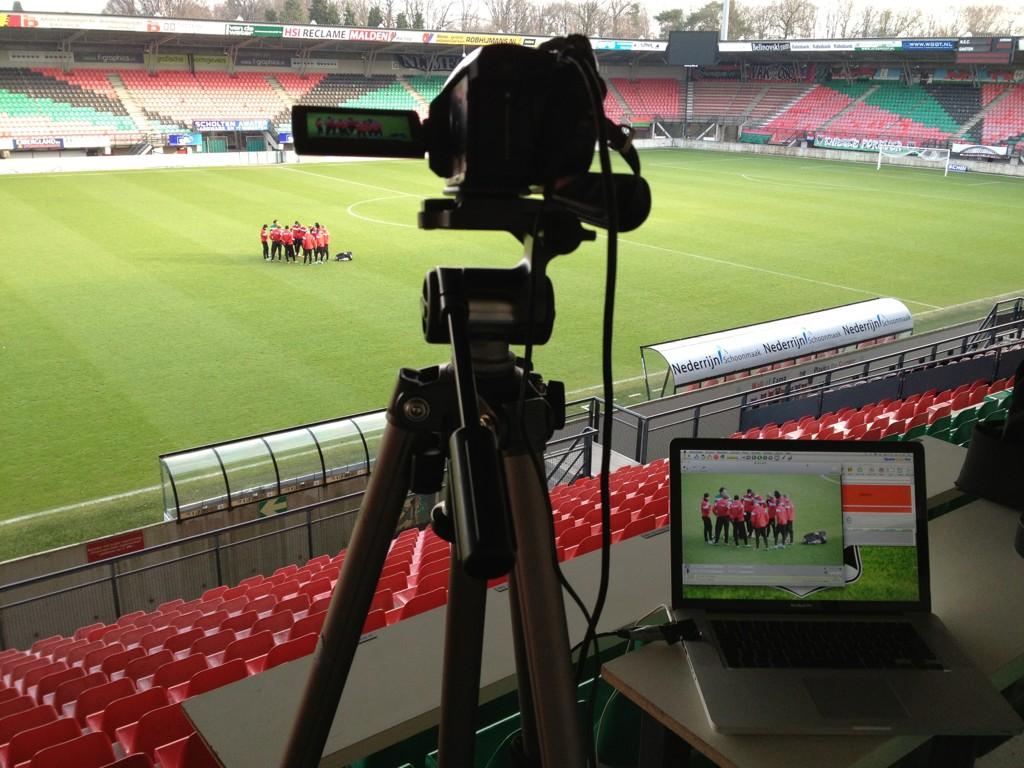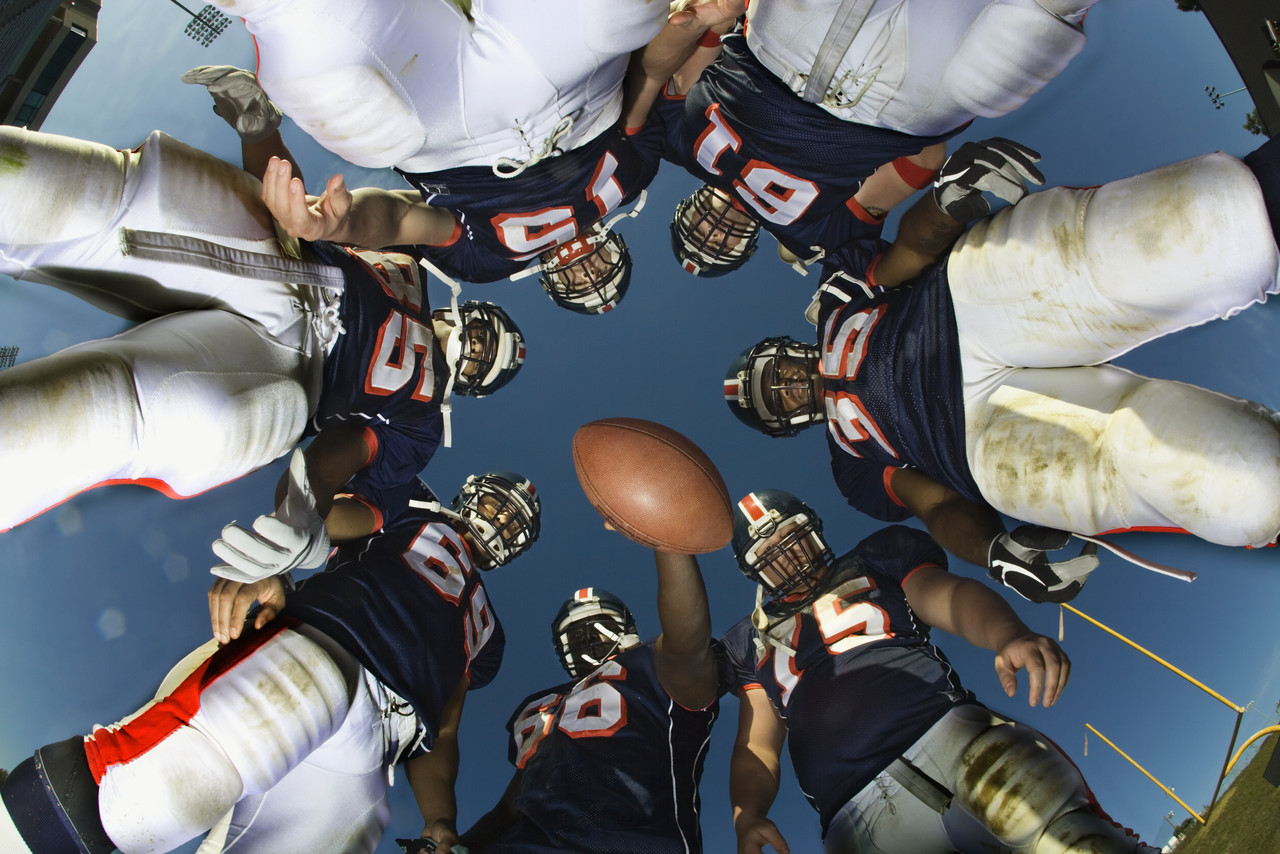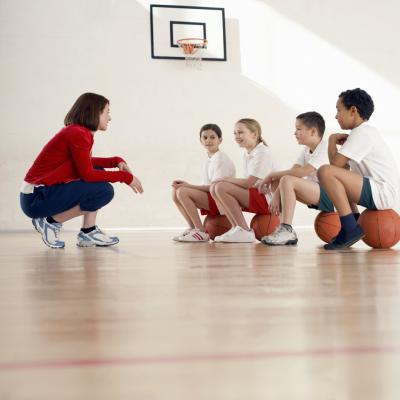Sport Analysis and the Era of Negativity

Seems like every coach has a video, a camera, a DVD player and some analysis software these days.
Coaches spend more time behind a desk, staring at replays and performance analysis data than they do actually working and communicating with athletes and staff!
Modern analysis techniques and equipment have given us the luxury of detail- the ability to evaluate, measure and analyse performance in far greater depth than ever before.
Most analysis techniques used in elite sport evolved from research methods used in the academic world, where a wide range of analysis tools are used to systematically investigate technique, movement, skills, decision making etc as part of a the study behind a journal article, research project or thesis.
The problem with all this analysis is that analysis, by its nature is destructive. Analysis breaks down performances, techniques, skills etc into component parts or measurable events. It looks to identify what went wrong with an athlete or team and what problems, faults and mistakes led to a poor performance.
The biggest challenge in the analysis era is to learn to use what is ostensibly a destructive activity for a constructive purpose – the enhancement of performance.
Whilst the use of analysis is important to improve the understanding of sports performance, it must be remembered that in elite sport, unlike the academic or research world, analysis exists only to improve a future performance – maybe a performance which is only hours or days away.
So a researcher may think” “What can we learn from this analysis?”, an elite coach thinks, “What can we learn from this analysis that can help me win the game this week?”.
Typically the analysis / athlete feedback process goes like this:
- Coach (or analysis staff) analyses the performance.
- Coach and athlete meet to go through the analysis which usually involves pointing out the errors and mistakes the athlete made.
- Coach gives the athlete feedback on how not to make those same mistakes again.
The problem with this approach is that it is thinking and working backwards – i.e. measuring and discussing a past event – this is more of an academic or research approach.
The nature of elite sport is to think and act forwards and to seek to improve future performances.
So an alternate way the coach / athlete post analysis discussion might be:
- Player / athlete reviews and analyses their own performance.
- Player comes to the coach with three things they learnt from their analysis and with suggestions on how they can improve them.
- Coach provides guidance, ideas and suggestions on how these lessons can be used to advantage against the next opponent or in the improvement of the next competition performance.
COACHING LESSONS:
- Ensure that when communicating the information and knowledge gained from the analysis process to athletes that is done with an aim to improve a future performance rather than merely to identify mistakes in a past performance.
- Encourage athletes to learn how to use analysis equipment and software and to take ownership of their own performances. This includes ownership over the learning and development that comes from the analysis process.
- Coaches and athletes should use analysis with one eye focused on how lessons from the past can impact positively on future performances and not be analysis for it’s own sake.
Wayne Goldsmith



2 Comments
David · April 23, 2009 at 12:05 am
Wayne,
another great article with some excellent points. This is (for me) the way forward. I have recently worked with a coach in this way (kinda!!). I videoed the games (soccer) and analysed them afterwards using video software technology. However, far from looking at mistakes, we were trying to look at positives. What were they doing well/what worked? It was a new coach with a new team, so he wasn’t sure what their strengths were and how to play to these strengths. We did also look at strengths/weaknesses over longer periods of time to address patterns too.
Cheers.
Rob · July 23, 2009 at 5:05 am
Hi Wayne,
Overall I like the article but I have to say the opening paragraph is a bit misleading. Your problem is not really with coaches spending too much time behind their desks – it’s that they are too negative with their analysis.
I think a lot of scare tactics go on with video analysis, I agree a lot of coaches can get it wrong but that doesn’t mean video analysis is flawed. For example when a bad strength & conditioning coach comes along people don’t blame the weights room.
I think the whole area of performance & video analysis has along way to go but only through training and industry standards will that happen.
Cheers,